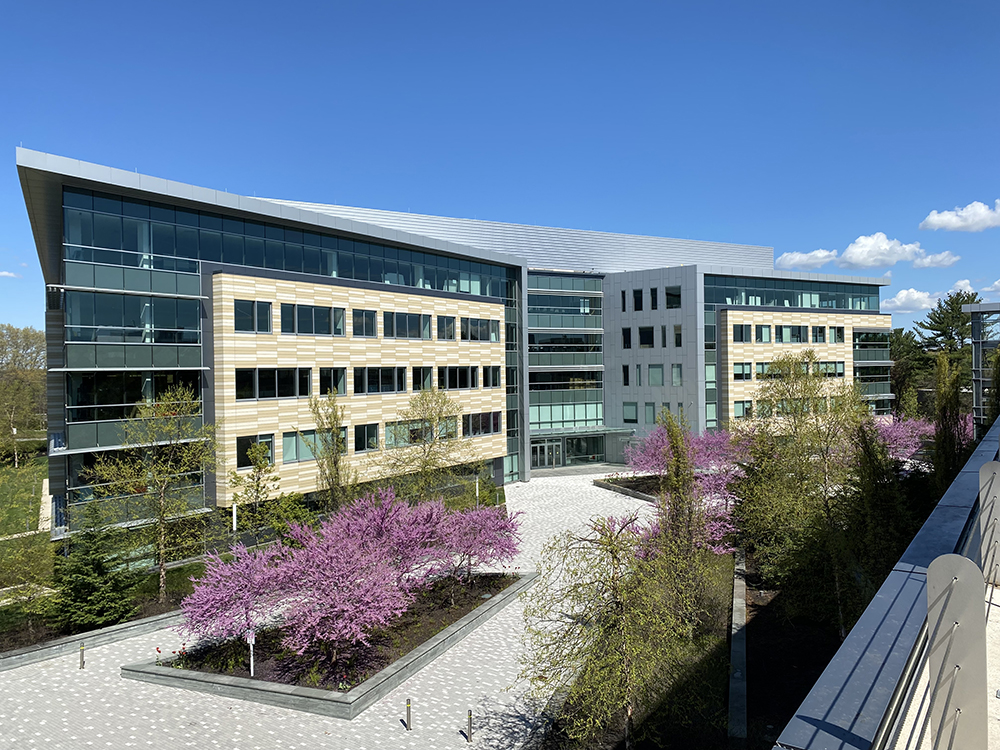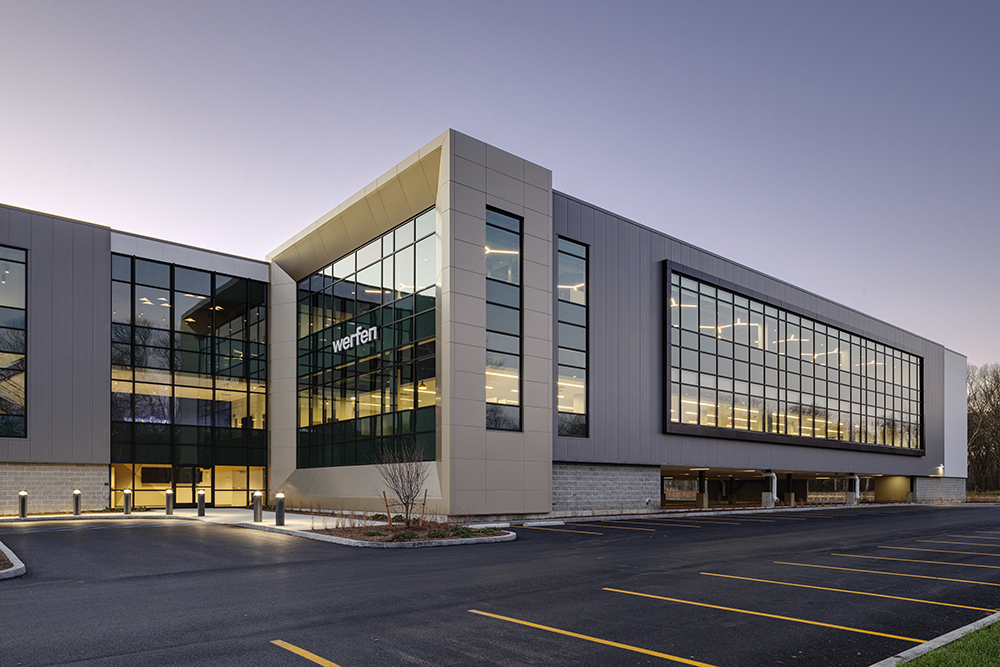Will WE keep Boston Boston? by Carol Todreas
 Carol Todreas, Todreas Hanley Associates
Carol Todreas, Todreas Hanley AssociatesThere has been much discussion about losing Boston’s individuality in the wake of the current building boom. A recent example concerned the famed CITGO sign in Kenmore Sq., but the most optimistic news concerned Newbury St. A Boston Globe article July 14, noted that in an effort to restore the soul and excitement of the street and reduce vacancies two big landlords are offering competitive rents and flexible leases for unique stores. This will be one major step in keeping Boston’s identity as a distinctive and charming city. The small scale one-of-a-kind shops were renowned and contributed greatly to Boston’s fame.
So this is a beginning, but with all the new skyscrapers and their ubiquitous steel and glass construction, much of the city is at risk to look alike with little thought about ground floor storefronts and their place in arriving at an intimate scale to nurture an exciting pedestrian streetscape.
Thus far current residential, commercial, and mixed-use developments have garden variety, mall-scale storefronts that look like a streetscape in Manhattan or a shopping center Anywhere, USA with large sports club/spa with the typical corporate eateries and café.
But look at the facts. Millennials, the poster market for all manner of retail, desire small, walkable places to live, work, play, and shop, so the perpetuation of larger scale chain-friendly retail space is just not on point.
This is such a fruitful time for brick and mortar retail, and it is known that Millennials and others want to actually shop albeit not in a staid and formulaic environment. They want more than just to eat at a fast casual restaurant and to workout at a gym. They want a place that feels like an organic neighborhood small enough where people can bump into each other and decide on spot to have coffee or get a beer. They want a place like Roslindale, The Polish Triangle, or JP, where they can live near and shop for daily goods and services. In some instances they even want to shop for clothes or unusual household items.
We now know, despite the Internet, shoppers are buying from all sorts of interesting independent stores and venues from farmers markets to pop-ups to new small locally owned neighborhood stores like Stitch House in Dorchester, The Olive Connection in Brookline, Jarbo, and Pine Straw in Newton.
Why are stores opening on streets? Because the market is there and people want the street experience, are tired of traffic, and the same mall stores. How is this accomplished in a new mixed-use development? By having smaller spaces, giving a little on the rent and lease term, and knowing the extraordinary market of local retailers who are out there looking for space.
This notion of “small and local” is what Boston has been about. Can we not be on trend in our new developments and keep the scale that made Boston so very livable?
Carol Todreas is a principal at Todreas Hanley Associates, Cambridge, Mass.
Newmark negotiates sale of 10 Liberty Sq. and 12 Post Office Sq.

Make PR pop by highlighting unique angles - by Stanley Hurwitz

Five ways to ruin a Section 1031 Like-Kind Exchange - by Bill Lopriore

How COVID-19 has impacted office leasing - by Noble Allen and John Sokul









